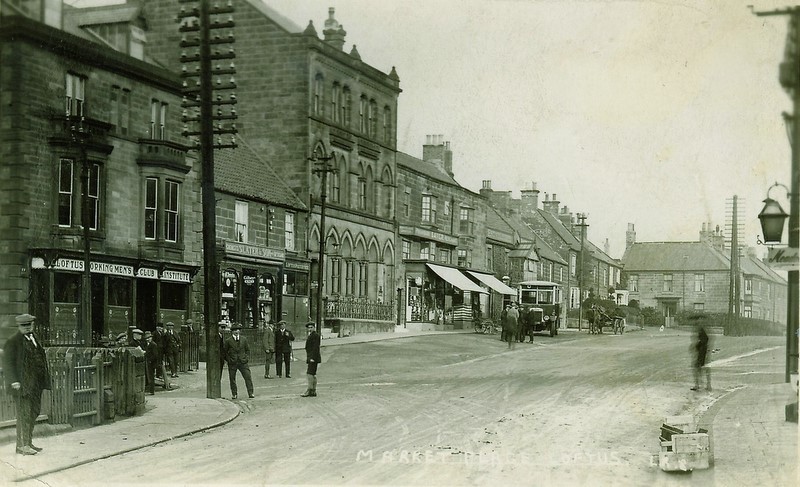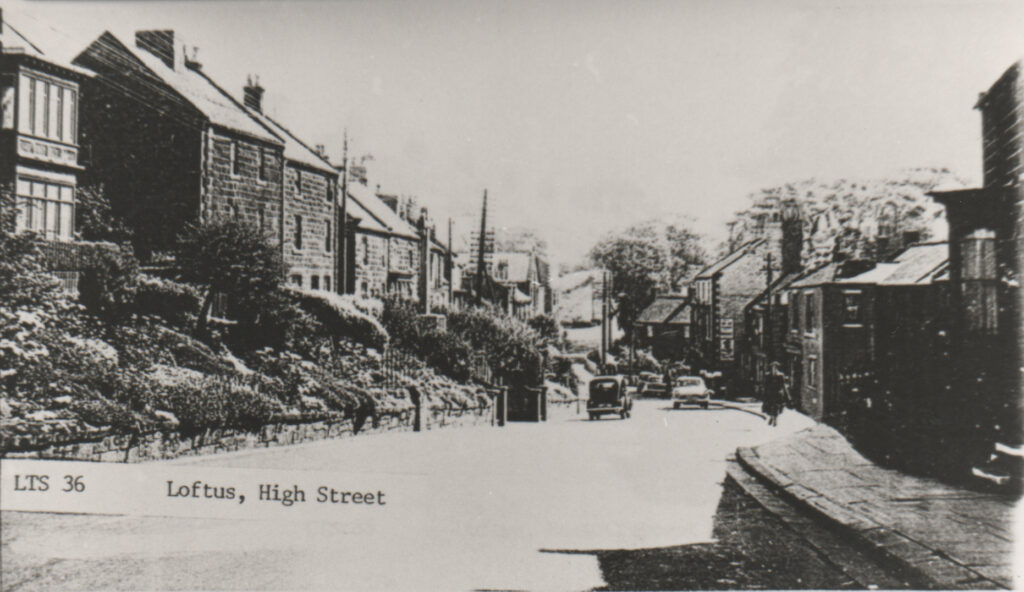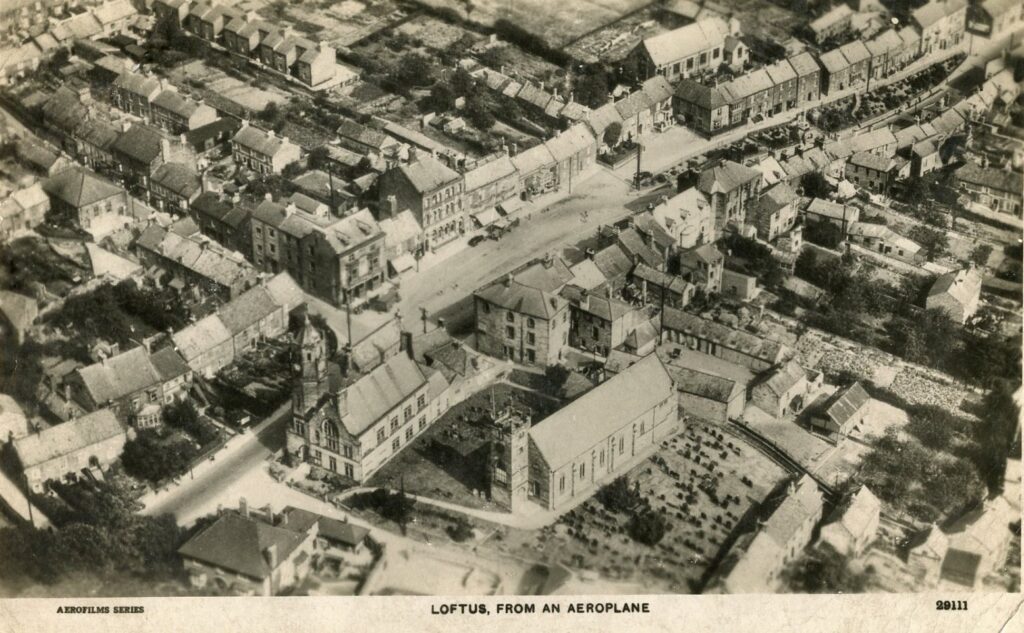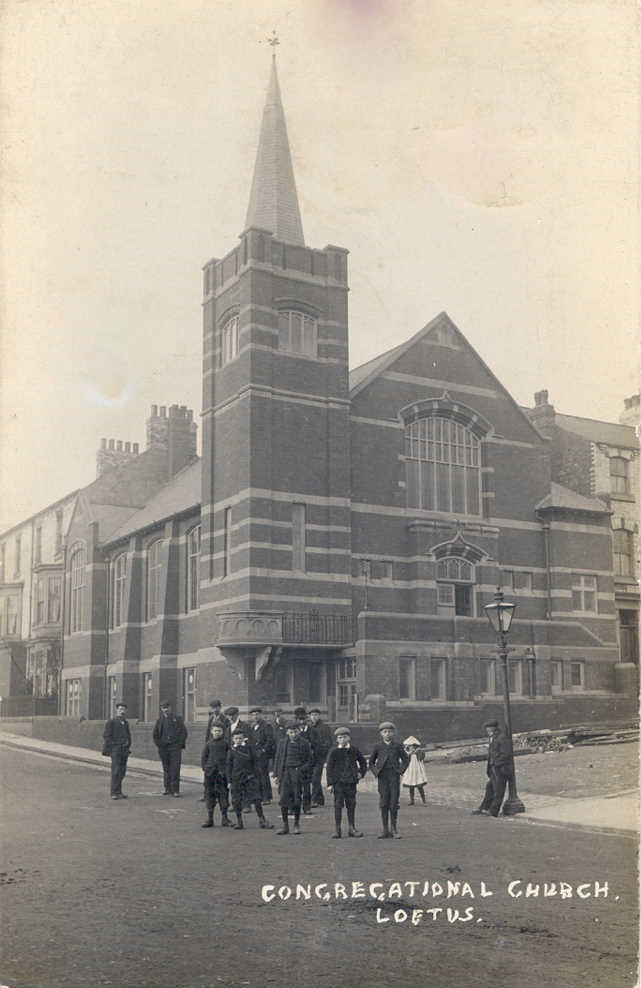Once at the heart of the North-East’s ironstone mining industry, Loftus is on the A174 Whitby-Saltburn road, with over 5,000 vehicles passing through daily. It is 1.5 miles from The North Yorkshire Coast which attracts more British holidaymakers than any UK destination outside London. Immediately to the south is the North Yorkshire Moors National Park which attracts over 8m visitors per annum.
Loftus is located within Tees Valley, a £13.1bn economy, home to the UK’s largest chemical cluster and 2nd largest in Europe. Global businesses near Loftus include British Steel (350 employees), Caterpillar (Skinningrove), ICL Boulby– the world’s only polyhalite mine, and the emerging £3.2bn Anglo-American plc polyhalite project. Teesport, the UK’s third largest port (and largest for outward tonnage) is within 30 minutes of Loftus, as is South Tees Development Corporation Area – the first Mayoral Development Corporation outside London (4,500 acres on the former SSI steelworks, seeking to deliver 20,000 new high-skilled jobs).
Loftus – town centre and high street – is far from reaching its potential. As the most economically underperforming centre within the Borough, it is a Council priority. Its linear and elongated high street, featuring two commercial centres, must be redefined. With an ageing population, Loftus struggles to retain working age residents, and suffers multiple socio-economic challenges stemming from its industrial legacy. Despite heritage assets, without high-quality housing and employment space, its high street is unexceptional. Retail voids, a meagre visitor/leisure offer, and almost non-existent evening economy mean Loftus lacks identity and purpose.
With the community, we have developed an ambitious but deliverable high street masterplan that will improve experience, drive green economic growth and ensure future sustainability. The masterplan addresses the anticipated high street impacts of Covid-19 in the short term and beyond, and will support Loftus’ green recovery. Loftus is well placed to capitalise on the Covid-19 legacy; with ‘buy-local’ patterns re-establishing Loftus as a local service centre serving a wide rural hinterland. All interventions proposed directly align with Adopted Local Plan policies for Loftus.




Archaeological excavations at Street House have revealed evidence of Neolithic, Bronze Age, Iron Age, Romano-British and Anglo-Saxon activity. The Anglo-Saxon finds were of particular significance and included a royal bed burial site and a gold pendant, which would have belonged to a princess along with other objects. These items can be seen at Kirkleatham Museum near Redcar. More recently, evidence of Western Europe’s earliest commercial salt making site has been discovered.
Legends linked to the area include Beowulf at Boulby and Scaw the serpent slayer at Handale. Handale Abbey was a Cistercian nunnery founded in 1133 and dissolved in 1539. Its Grade II listed walled garden was restored in 2011.
In 1656, the start of the chemical industry began with alum works at Hummersea which continued until 1863. There were over 100 workers employed. The Dundas family owned the Loftus estate from 1764 and the Alum works in the1830s. Lawrence Dundas became the first Earl of Zetland in 1838.
In 1856, Loftus was then Lofthouse and consisted of buildings around the marketplace in the vicinity of Loftus Hall and St Leonard’s Church. It had a windmill and a water mill, both for corn. Loftus was once a significant market town and had an annual wool fair. By 1895, terraced houses had developed at East Loftus and Bank Top areas and over the years the town has grown, with new housing currently being built at the former Rosecroft School site.
Liverton Mine opened in 1866 and the village developed on the outskirts of Loftus with a railway link and station. It had its own hospital which has since made way for housing.
Easington was a small village centred around the church and Easington Hall with properties along the route towards Loftus. The villages of Liverton, Scaling, Cowbar and Boulby remain largely unchanged since the late 1800s.
The valleys around Loftus are characterised by ancient woodland providing a rich wildlife habitat. The public and permissive rights of way network in these locations make them accessible to residents and visitors.
Loftus has a conservation area and 34 listed buildings. There is a conservation area at Liverton and a further 32 listed buildings throughout the Ward.
There are shopping facilities in the two retail areas in Loftus. There are no longer banking facilities in the town. There are three primary schools (Handale, Hummersea and St Joseph’s), Surestart, a youth centre and a library. Loftus Town Hall is situated near the old marketplace and along with Luke Senior Hall and the Old Coop Building, offer various services for the local community.
Liverton Mines has a village shop with a post office and an industrial estate. St Hilda’s Church is currently undergoing a rebuild project. Liverton Mines and Liverton are working towards becoming Dementia Friendly villages. Easington has a farmstore with café and the Arb School training centre. Just outside Easington is ICL Boulby. All three villages have a village hall and a public house.
Loftus Leisure Centre provides a gym, swimming and fitness facilities. There are groups associated with it such as Loftus Dolphins Swimming Club. There are playing fields and play parks at Cleveland Street and Tees Street in Loftus and Hummersea Hills Play Park which is owned and managed by Beyond Housing along with Cowescote Wood. There is a football pitch at Ben Scott’s Field, the ownership of which is currently being pursued by RCBC. In East Loftus there is Loftus Cricket & Athletic Club and the bowls club.
The former Westfield allotment site has recently been acquired by Loftus Town Council to develop as a Community Woodland. Adjacent to this site is Loftus Leisure Centre on the outskirts of the town.
Liverton Mines has playing fields at Ironstone Way and School Lane. The latter is also the location for a play park which was vandalised shortly after its installation prior to 2010. At Easington there is a playing field and play park at The Close.
CHAT Club
Easington Residents Association
Easington Village Hall Committee
Flying Pickers
Friends of Loftus Library
Foxwood Project
Grace Community Church
Liverton Mines Community Group (August 2020)
Liverton Mines Village Hall (Liverton Mines Redevelopment Group- no longer running but not dissolved new group could be imminent)
Liverton Village Hall Committee
Loftus ACCORD
Loftus ACCORD Walking Group
Loftus Community Forum
Loftus Community Hub CIC
Loftus Family History Group
Loftus Athletic Football Club
LOVE Loftus
Luke Senior Hall Committee
Mars Estate Residents Group (MERGe)
St Hilda’s Youth Group Liverton Mines
Temperance Square Business Forum
Lewis Hunton was a geologist who proposed the pioneering idea of biostratigraphy, a method identifying that the age of the rock is related to its fossil content. He was the son of an Alum Agent and was born at Hummersea in 1814. He lived in Loftus then attended university in London. He died aged 23 in France. Many of his family are buried in St Leonard’s churchyard.
Emily Godfrey was born in Loftus in 1884. She trained as a nurse in 1913 and served in military hospitals during World War One (1914-1918) and was awarded the Royal Red Cross medal. She went on to do pioneering work in Africa and South Africa.
Len Tabner is an artist who was born in 1946 at South Bank and has lived in the Loftus area for many years.
PROUDLY
DEVELOPED IN PARTNERSHIP



